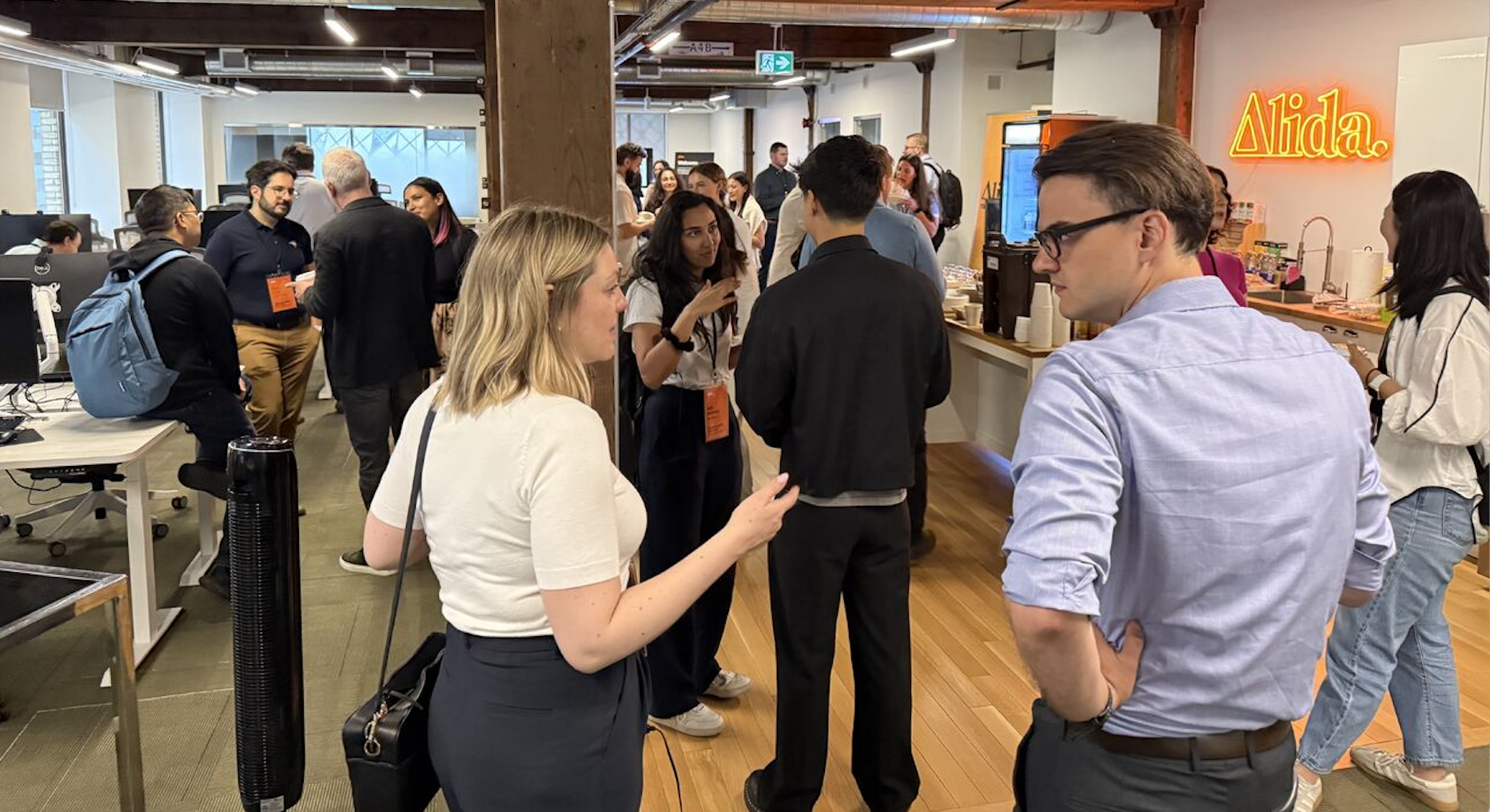User experience research is the most data-driven way to forecast needed product updates and plan upcoming features and the future of your product. It can help to eliminate internal bias and confirm or reject assumptions that influence product development. At MuleSoft, the UX Research team knew that direct interaction with users was critical to de-risk product decisions and provide input to successfully roadmap development. That said, sourcing users with the right technical experience who were willing to participate in product research was difficult and time-consuming.
Connecting with the right users and receiving enough data to find meaningful insights could take weeks—weeks the product team didn’t have. Here we dive into how MuleSoft overcame this major hurdle in their research ambitions and how they used Alida’s platform to create an active and engaged customer community.
The Goal
Drew Ford, Lead UX Researcher at MuleSoft, describes his team’s goal as being a “true advocate for their customers” and consistently trying to understand and deliver on their needs through empathy-driven dialogue. Drew and his team focus on gathering data by connecting with customers through interviews, workshops, surveys, and more to clearly understand their needs and wants.
With enough data in hand, the UX Research team aimed to provide actionable insights to the product team to influence current and upcoming product development.
The Problem
Locating, connecting with, and gathering intel from customers is easier said than done. Every research sprint caused the UX team to start from scratch. At times it would take the team weeks to successfully round up enough vetted users to gain sufficient valuable feedback to bring back to the product team. It took so long that product teams would simply make decisions without this input.
An additional challenge was that UX Research was a newer initiative at MuleSoft, and the UX team needed to show the value they could bring to product development and overall customer satisfaction.
The Solution
Drew and his team needed to speed up interactions with qualified users and create a frictionless way for customers to engage with the research team. Powered by Alida, the UX Research team built out a targeted and vetted community of hundreds of power users who provide feedback and insights that the team can turn into product insights in record time. Now, MuleSoft could pose a question to the customer community and have answers by the end of the day.
User experience research isn’t one-directional. The research teams need customers to engage and provide feedback, but users also need to feel seen and know their communication impacts product development. Using Alida, MuleSoft can keep its community informed and active by fostering an environment of continuous research and development that is transparent and empathetic.
The Impact
The success of MuleSoft’s new user community completely changed how the UX Research team could inform product development and how the company thinks about user experience.
- The company now tracks “empathy hours” in its executive reporting to assess how much face-time the UX and product team spends with its customers.
- The UX Research team can de-risk product decisions by getting just-in-time insights well before product release.
- Actionable insights are gathered in as little as one day using community forums to quickly poll key user groups.
- UX Research is now considered a crucial partner of product development.
Companies need to fully immerse themselves in their customer’s needs, pains, and use cases to gain true insight into the future of their products. By creating their own community of qualified and engaged users, MuleSoft used Alida’s customer experience platform to cut their research timeline from weeks to hours and move away from assumption-based to empathy-focused product planning.








